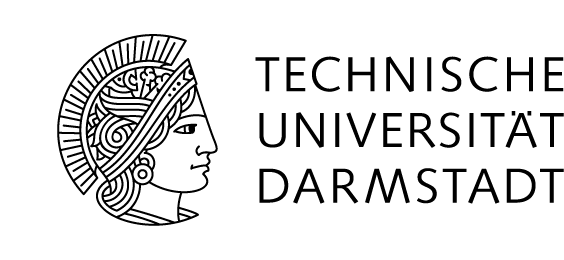Microscopic investigations into defect agglomeration and its effect on the mobility of domain walls
Prof. Dr. W. Becker (Fac. Mechanical Engineering)
Prof. Dr. R. Müller (Fac. Civil Engineering and Geodesy)
____________________
The phenomenon of electric fatigue is, among other possibilities, related to the formation of defect agglomerations. These agglomerations result in a reduced mobility of domain walls. In order to cover these processes in a continuum model is developed. The motion of defects and domain walls is described by the concept of configurational forces. The fields caused by defects are necessary for the simulation process. For the calculation, efficient numerical tools have been developed, which include Finite Element Methods, Fast-Fourier-Transformations and analytical solutions based on the Radon-Transformation.
With the simulations, a study of the interaction of point defects and domain walls and the relevant parameters can be carried out. Beside the material properties, the defect properties are important parameters for the interaction. The influence of mechanical misfit, electrical charge and mobility has been investigated. The comparison of experiment with numerical simulation showed very good agreements, especially in the case of domain wall motion.
For the next period of the project, a development of methods for analyzing more complex microstructures is planned. Modeling of the domain structures is carried out by a phase fields formulation, which is combined with the modeling of point defects. This represents a continuation of the existing modeling towards more realistic microstructures. From the theoretical point of view, a consistent continuation of the first period can be found in the development of phase field models within the theory of configurational forces.
Beside the prediction of microstructural evolution, the phase field models are also able to predict mesoscopic and macroscopic material properties. The change of the microstructure in the presence of defects is interesting regarding the influence on global material properties. These questions will be investigated more intensively in the next project period.

